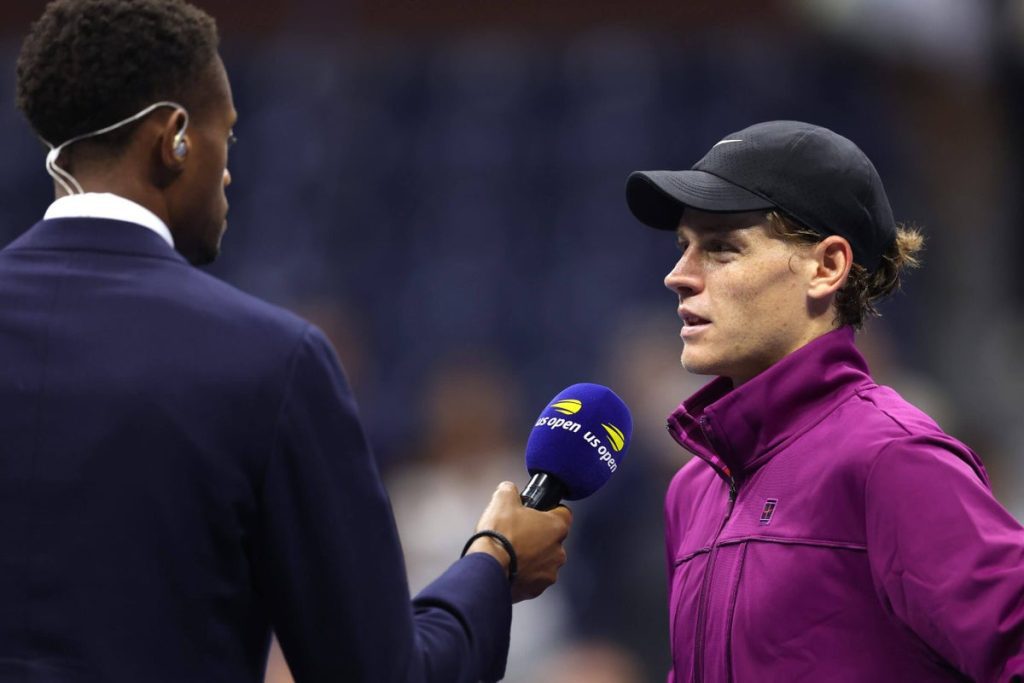Entertainment Takes Center Stage at the U.S. Open
When discussing ESPN, it’s crucial to remember that the ‘E’ symbolizes entertainment. This week’s mixed doubles competition at the U.S. Open exemplifies this, serving as a fitting prelude for the sports network.
A Bold and Star-Studded Draw
The draw features illustrious names and singles champions, a surprising development given recent years. While traditionists may resist the new format—with sets played to four games rather than six—full-time doubles players and past legends have already criticized the USTA for undermining the Grand Slam title.
Highlighting Star Players
This broadcast is, fundamentally, a television show. The mixed doubles tournament, which will pair Emma Raducanu with Carlos Alcaraz, Iga Świątek with Casper Ruud, and Venus Williams with Reilly Opelka, has the ingredients for superb viewing. World No. 1 Jannik Sinner will team up with top doubles player Kateřina Siniaková.
Innovative Broadcast Strategies
Linda Schulz, ESPN’s VP of production, and coordinating producer Brett Jackson are adjusting to this new format. They will include end-of-set interviews with players to gauge match dynamics—interviews led by 2017 U.S. Open women’s singles champion Sloane Stephens and former men’s world No. 11 Sam Querrey. These interviews will be restricted to one or two questions to maintain the competition’s flow.
Supporting Diverse Viewership
With a wide array of players—from Grand Slam winners to lesser-known doubles specialists—the broadcast must cater to both casual fans and dedicated tennis enthusiasts. Jackson mentioned the plan to provide visuals during coverage to familiarize audiences with the format and scoring changes, ensuring they comprehend the game’s faster pace.
Cutting-Edge Technology Integration
ESPN is also introducing advanced technology, such as a camera array system for enhanced viewing angles. Additionally, they will utilize the Mindfly camera, allowing fans to experience matches from a player’s perspective—an approach previously unseen at the U.S. Open.
Future Access Opportunities
The end-set interviews by Querrey and Stephens may have broader implications for U.S. tennis broadcasting, inspired by recent trends in other sports for more in-game access. If this experimental format receives positive feedback, Schulz envisions it could extend to other tournaments in the future. Ultimately, the U.S. Open’s mixed doubles event represents an exciting evolution for tennis coverage, tackling both criticism and opportunity head-on.



